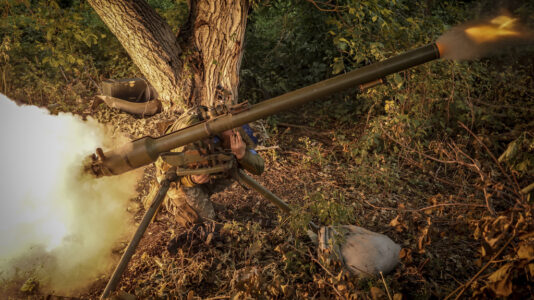Consumer prices increased by 4.1 percent on average in July compared to the same month of the previous year, according to data released by the Hungarian Central Statistical Office on Thursday.
According to the director of MBH Bank’s Research Center, Zoltán Árokszállási, today’s data comes as an unpleasant surprise, noting that the real problem is the structure of inflation.
“Today’s data is an unpleasant surprise. It is not necessarily the size of the surprise that is big (as it is only a tenth of a percentage point in the annual index compared to the 4 percent we expected), but the structure of inflation,” he said.
Árokszállási pointed out that the fact service prices are still rising at an annual rate of over 9 percent is far from in line with the Hungarian National Bank’s (MNB) inflation target.
At 4.7 percent, annual core inflation is also above the 4.6 percent expected by the MNB. Food price increases were also above expectations, with no particular increase expected, but this group is outside the core inflation items.
“At the same time, the negative surprise in services is mainly due to a very significant increase in the prices of holiday services, while other product groups show more moderate price increases,” Árokszállási said.
“In addition, we can still expect the annual headline index to fall back below 4 percent in the coming months. What will be closely watched is the extent to which core inflation will continue to rise. By the end of the year, the headline index is still expected to be around 4.5 percent following today’s data release. On an annual average basis, we maintain our forecast of 3.8 percent for this year for the time being,” he said.
“The central bank’s inflation target of 3 percent could only be reached in a stable and sustainable manner in 2025, and even then only in the second half of the year, although average annual inflation could still exceed 3 percent next year (our forecast is 3.5 percent),” Árokszállási added.
Other commentators did not paint a rosier picture.
“The recent data contains some unique outliers beyond the expected fuel price spike, which resulted in a monthly repricing well above the seasonal trend,” said Péter Kiss, Investment Director of Amundi Fund Management.
Meanwhile, analysts at Portfolio indicated that inflation could end up at 4.8 percent or even higher given the latest data. This would translate into a much lower likelihood that the MNB will lower interest rates any further.






